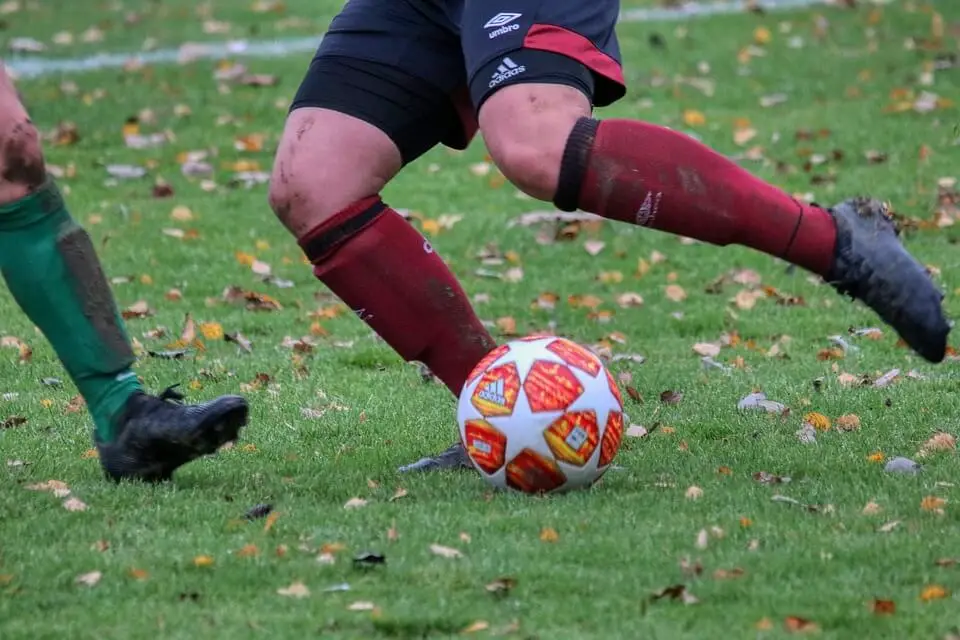The number 4. It symbolizes a lot of things in the world: Marvel comic book heroes Fantastic Four, four sides of the world, Croatian band Four Aces (4 Asa), four medals Janica Kostelić won in the Winter Olympic Games in Salt Lake City in 2002 and so much more. However, besides this last great achievement number four represents for Croatian sports history, it also displays an abysmal percentage of media coverage of female sports in Croatian media. A
According to the analysis “Equality Between Men and Women in Sports Programs of Audiovisual Media”, conducted by Electronic Media Agency in 2019, across the three major TV stations (HTV, RTL, NOVA TV), the majority of media coverage (during sports news) is spent on men’s football, and men’s sport, in general, takes over 80 percent of the informative sports news. It dominates on commercial TV stations like RTL and NOVA TV. This sample is taken over three months in 2016, where they analyzed over two and a half hours of news footage. The agency also included other factors like female athlete speeches during informative sport news, which amounted to around six percent. After football, the most represented sports are basketball and tennis. Although in modest proportion, news about female athletes and their successes is still present. Television reports and articles that are dedicated to “unrepresented” sports like gymnastics, alpine skiing, archery, and athletics, have female athletes, however, they are always reported with men.
The only time female athletes are covered in the media is when the “miracle run” happens; e.g., Croatia women’s handball team winning the bronze medal at Euros in 2020, or a Croatian female athlete becomes an internet sensation because of her beauty e.g., Antonija Mišura in the London Olympics in 2012.
The Electronic Media Agency also forwarded a survey with two main questions to sport federations and media representatives: “Do you think that women’s sport in Croatia is sufficiently represented in the informative program of Croatian electronic media” and “What should happen or improve to make women’s sport more represented in electronic media? Where do you see the problem and the possibility for improvement?”.
In conclusion, all sport federations agree on a few things. The amount of women’s sports content on their official social media and websites is almost equal to men’s but the media is not trying enough to do the same. Oversexualizing news about female athletes is, unfortunately, a common thing – emphasis on the looks, the way they dress, who are their partners, and more. Furthermore, no television coverage, e.g. Croatia women’s handball team didn’t have TV coverage for most Croatian viewers during their incredible run at European Championship in 2020, until they reached the semifinals of the tournament. Most of the women’s sports games are aired during night as replays, which is still not good enough. In their response to the survey, they also emphasized the effort they are putting in making women’s sports more popular in Croatia and sent a message to the media to start covering female athletes in an appropriate manner.
On the other hand, media representatives agree with sports federation pleas but also express their obstacles in doing proper media coverage for women’s sports. Particularly, the market trends in the media sphere. They have statistics and parameters that show distinctly more hits and clicks on articles about men’s sports, in this case, football. Also, the situation in other countries is not better – there are struggles as well in reporting women’s sports news. In the end, media representatives still feel like they could do a lot more in informing the Croatian public about successes their female athletes achieve and hope, with the support of other institutions and Croatians will, that the future is bright for reporting about women in sports.
How can we, as the media, make sports events and news more diverse, interesting, and appealing for everyone? How can we expand the interests of Croatians to female sports as well? Again, the question from the beginning of the article is – can we do more? Yes, but we cannot do it alone. It is well known that Croatia has incomparably fewer money investments in sports than other countries in Europe and if it isn’t for our amazing athletes’ will and passion, we would not be where we are now. Croatia still doesn’t have appropriate marketing campaigns for women’s sports nor regulations which would encourage more media coverage.
Nevertheless, journalists and media also need to do better. Oversexualizing every aspect of female athletes and bigotry through Croatian media probably won’t go anywhere soon but with future regulations and by joint efforts with other sports and governing institutions, the media atmosphere will be much more favorable for female athletes.
If we can celebrate them when they are on top of the world, we can at least give them a platform to show them that there are people who care and support them regardless they are best or not. These surveys studies showed that every representative in Croatian sports media and sports itself know about the issue. The talk is in progress and slowly but surely the act is in motion. We can start here.
To read more about sport in Croatia, follow TCN’s dedicated page.









